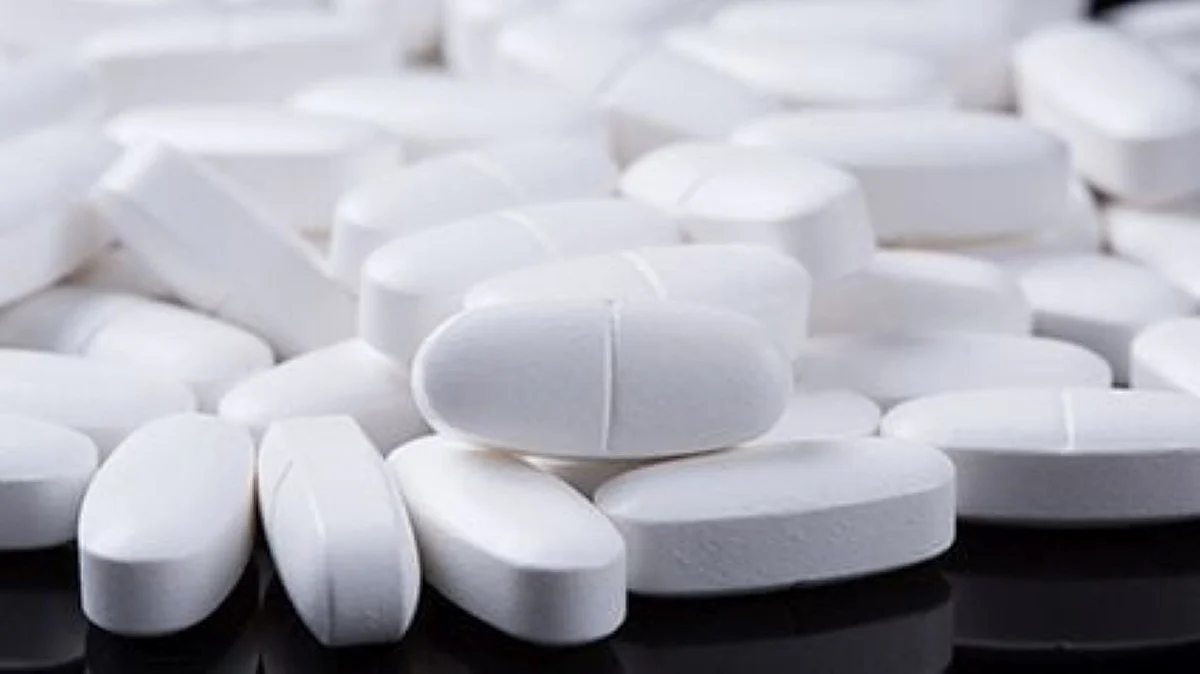
Breastfeeding offers many benefits, from emotional bonding to better nutrition and immune support. But for parents who need to pump and store breast milk, handling it safely is key. “Parents often feel nervous about food safety when handling and storing their breast milk,” said Dr. Patricia Campbell, a pediatrician and lactation consultant at Children’s Hospital… read on > read on >


























-300x200.jpeg)



